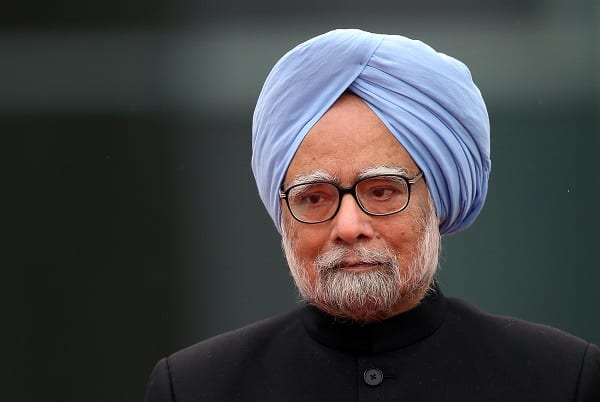- Monday, April 28, 2025
The economist-politician will be remembered for his history-making liberalisation that changed India’s course in the global economy for ever.

By: Shubham Ghosh
MANMOHAN Singh, India’s former prime minister who is also known to be the architect of the country’s course-changing economic reforms, turned 91 on Tuesday (26). The renowned economist-politician, who served as India’s 13th prime minister between 2004 and 2014 when Narendra Modi succeeded him.
Modi on Tuesday wished his predecessor on X posting, “Birthday wishes to former PM Dr. Manmohan Singh Ji. I pray for his long life and good health.”
Wishes poured in from various quarters for the former prime minister who is still serving as a parliamentarian in the Rajya Sabha or Upper House of the Indian parliament.
Birthday wishes to former PM Dr. Manmohan Singh Ji. I pray for his long life and good health.
— Narendra Modi (@narendramodi) September 26, 2023
The veteran, who was born in Gah in present day Pakistan Punjab in 1932 and studied in Oxford University, was the finance minister in the government of late prime minister PV Narasimha Rao between 1991 and 1996. It was both during his stints as the finance minister and prime minister that Singh had made some remarkable contributions to India’s economy.
Here are some key economic reforms that Singh had initiated:
Economic liberalisation of 1991:
As the country’s 22nd finance minister, Singh played a key role in liberalising the Indian economy that was facing serious challenges at the time. The reforms included reduction of trade barriers, dismantling the license raj or strict state control and opening up key sectors to foreign investment. The Indian economy, which was waiting to see adverse consequences of decades of state control, was not the same again. It flagged off a process of economic growth and globalisation, unleashing India’s economic potential.
National Rural Employment Guarantee Act (NREGA) of 2005:
The first United Progressive Alliance government (2004-09) of Singh brought the National Rural Employment Guarantee Act (NREGA) in 2005, a year after he took charge, which was later named as Mahatma Gandhi National Rural Employment Guarantee Act (MGNREGA). The social-welfare initiative offered a legal assurance of a minimum of 100 days of yearly employment to rural households, playing a significant role in addressing rural poverty and unemployment.
Right to Information Act (RTI) of 2005:
The same year, Singh’s government passed the Right to Information Act which grants Indian citizens the authority to seek information from government agencies and institutions, thereby serving a key tool for bettering transparency, accountability and reducing corruption in public administration.
Indo-US civil nuclear deal of 2008:
The US-India Civil Nuclear Agreement (also known as 123 Agreement) signed between the government of Singh and the then US administration of George W Bush was another key achievement of the former prime minister. As per the deal, India agreed to separate its civil and nuclear facilities and put all its civil nuclear facilities under the safeguards of the International Atomic Energy Agency. Washington in lieu agreed to work towards a full civil nuclear cooperation with New Delhi.
The deal was signed in October 2008 after Singh remained firm despite protests shown by the Left parties that gave his minority government outside support. The Left pulled out but some other parties, such as the Samajwadi Party saved the day for Singh’s government.